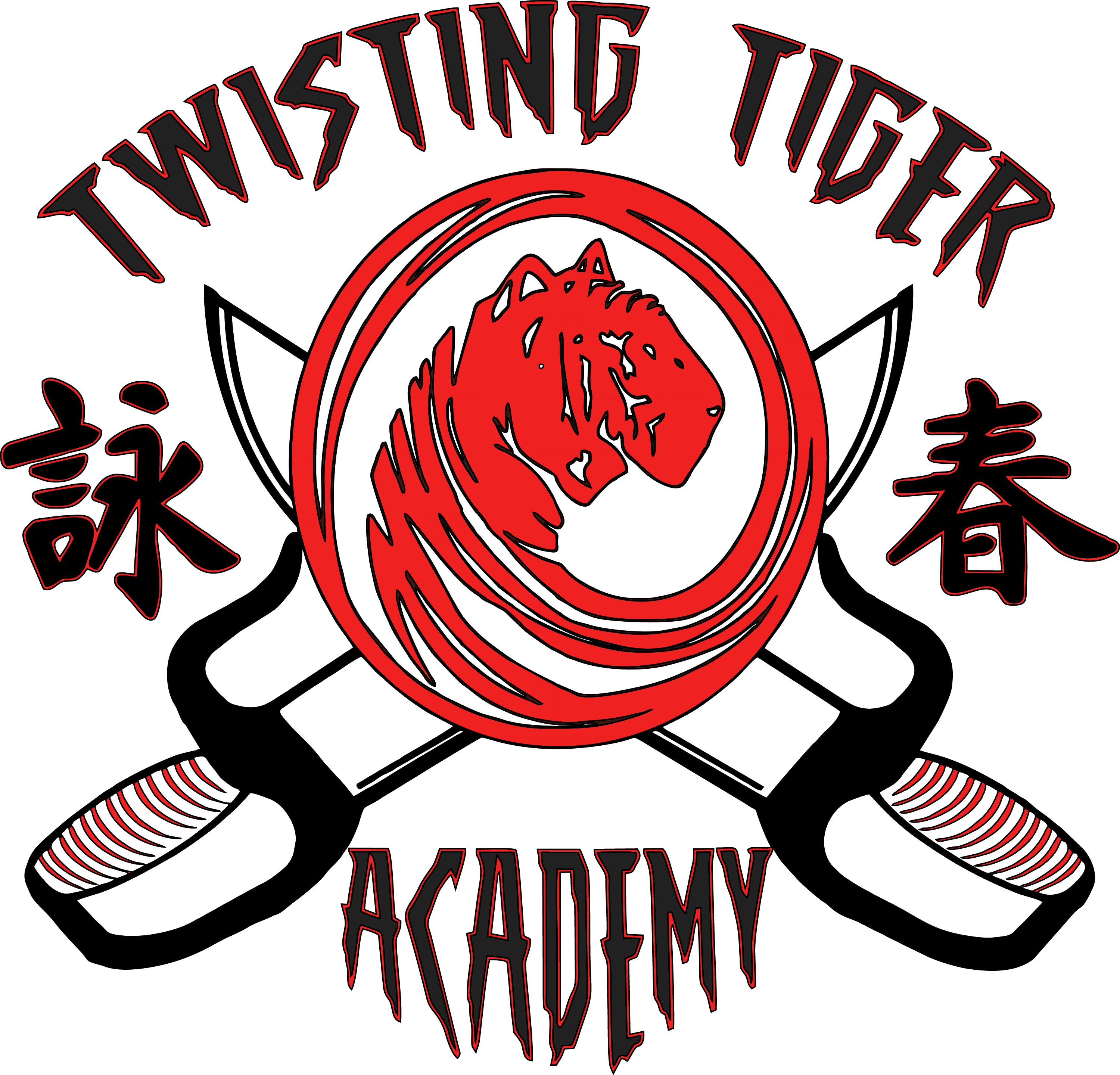Specialty of Wing Chun
These core philosophy becomes a useful guide to practitioners when modifying or refining the art.
The three core principles of Wing Chun include:
Practicality:
Wing Chun practitioners should emphasize practical and efficient techniques in order to maintain their effectiveness of their intent. Striking - although normally used to injure your opponent - can also be used to disrupt their intended actions. Efficient Wing Chun is primarily based on the concept that the "Shortest distance between two points is a straight line", and therefore we must travel via that line to reach our primary targets located on our opponents "Centerline".
Efficiency:
Wing Chun believes in using the least amount of force required in any fighting situation. It is believed that properly timed techniques and movements can and will defeat an opponent if executed properly. This is achieved through the proper training of balance, structure and relaxation. Correctly applied, any and all Wing Chun techniques can deflect any powerful attack.
Wing Chun uses simultaneous deflection and counter-attack in order to intercept and nullify an opponents attack, rather than blocking then attacking in two separate motions. Interception of an attack can act as a block due to the position and structure of the arm traveling along the pathway to the opponent's "Center". This means that the opponent's attack will be automatically deflected by the intercepting arm/hand of the Wing Chun practitioner as the counter-attack is delivered. The structure this deflection technique is controlled through the correct use of the practitioners "Yiu Ma" (Turning Waist & Stance) to focus the energy from the bodies core, up to the elbow and out to the hands. If the practitioners structure is not correct, their counter-attack or interception techniques will most likely collapse resulting in lose of their forward moving energy which will result in failure of the deflection technique used, allowing the opponents attack to hit its target.
In addition it is also important to understand the importance of energy efficiency within Wing Chun. Wing Chun will be able to defeat a stronger person because of their structure. It is essential to ensure that the Wing Chun practitioner has a full understanding of their structure, this enables them to use the correct use of energy required, improper use of their structure will result in having to use the muscles more and the practitioner's will not as effectively counter the strength of a stronger opponent. When using proper structure it will weaken the opponent’s blocks resulting in strikes that will actually make contact.
Economy of Movement:
Most Wing Chun attacks take the straightest possible path to the target in order to break the opponent's structure. Focusing on the opponent's centerline, an imaginary vertical line bisecting the opponent's vitals (throat, heart, stomach, groin). The "Chong Choi Keun" (Centerline Fist), for example, is delivered from the practitioner's chest rather than diagonally from the shoulders in the first two forms. This helps teach the centerline concept. In the later forms, the punch is delivered diagonally from the shoulder to the centerline. This is because the distance is shorter than bringing the hand from the shoulder, to the center of the chest, and then down the centerline at the opponent.
























